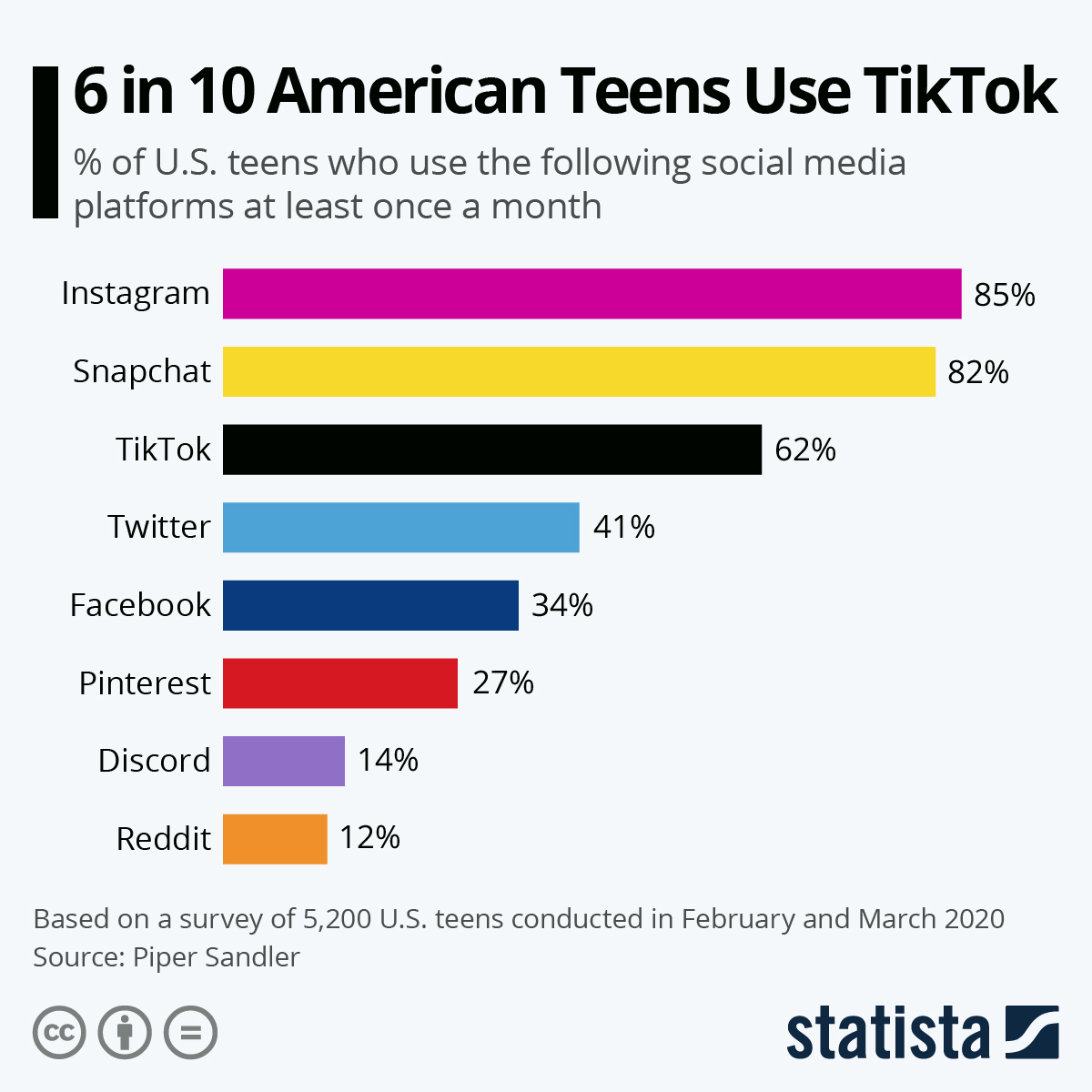Read My Lips: New Music Discovery Courtesy Of TikTok
In this piece, Fred Jacobs explores the ascendant power of TikTok as a tool for music discovery, able to turn classic rock songs into born again hits, and how some of the magic of the platform can trace its origins back to 70s TV ads.
Guest post by Fred Jacobs of Jacobs Media Strategies
Somewhere out there, Chuck Blore is laughing. Or maybe he’s ticked off he didn’t invest in TikTok.

Blore revolutionized TV advertising for radio stations (yes, there was a time when radio stations used TV ads for marketing and promotion) with his “Remarkable Mouth” campaign in the late 70’s. Mostly on what were known as “AOR” stations – the acronym for Album Oriented Rock – these wildly successful commercials featured a beautiful model perfectly lip-syncing an audio montage of music and DJs.
Blore (pictured right) was a radio guy and TV producer who got it. Back when viral was a medical condition, his commercials for radio stations often electrified brands, created talk, and spawned entire campaigns.
Standard bearer rockers like the Loop and WRIF produced these buzz-worthy spots with Blore, and if the station was any good, the spots generated top-of-mind awareness at a time when most radio stations in major and medium markets were actively advertising on TV.
Today, lip syncing has made a remarkable comeback, thanks in large part to the rising popularity of TikTok, especially since the onset of the COVID outbreak. Many of the short, humorous videos are lip syncs of songs, speeches, movie clips, and other content.

Is your station ready to start blogging? Join us to learn how to get your blog off the ground.
In fact, Sarah Cooper has vaulted to fame based on her hilarious lip syncs of President Trump’s speeches, press conferences, and utterances.
(I’ve wondered whether part of the President’s problems with TikTok has more to do with Cooper’s videos than anything China is doing. But that’s another blog post for another day.)
Cooper didn’t come out of nowhere. She was already an accomplished comedian and author prior to her Presidential lip-sync impersonations. In “The Very 2020 Ascent of Sarah Cooper,” Wired’s Angela Watercutter explains the phenomenon:
“The world now has more avenues for #content than ever before. Traditional television shows and films have been massively sidelined by Covid-19 lockdowns—and while we all miss shows like Euphoria and the usual summer blockbusters, a lot of other forms of entertainment, like Cooper’s videos on social media, have emerged to fill the void.”
Is it the medium – or is it the message?
The content – or the distribution?
TikTok’s an interesting case. It’s similar to what we’ve seen for years now on YouTube, Facebook, Instagram, Twitter, and other social media channels that can amplify the funny, the dumb, the inane, as well as political propaganda.
But there’s a difference. TikTok is dominated by teens. A recent study published by Statista shows that six in ten American teenagers visit the site regularly. That creates a crazy world of content that can move through Gen Z in a hurry.

Case in point: Last week, a :25 TikTok video featuring a dude lip-syncing “Dreams” by Fleetwood Mac was seen more than 25 million times. As a result, the song started charting – just about everywhere.
Isn’t TikTok powerful? It vaulted a song from 1977 onto the charts more than four decades after its initial success. Variety reports the following eye-openers;
- “Dreams” showed up Rolling Stone’s song charts in the #29 position
- It quadrupled its digital download sales, jumping to #15
- Its streams jumped from 5.2 million to 6.7 million in one week, according to Buzz Angle Music
All of this stems from the original TikTok video that is now north of 23 million views.
Compare that to its American radio airplay in the past decade – about a half million spins, according to Mediabase, and you can fathom why record labels and artists are excited by the prospect of a song being featured in a TikTok video.
Fleetwood Mac was definitely elated;
The “talent” in the video is a guy from Idaho Falls, Nathan Apodaca. When his car dies, he simply grabs his “long board” and picks a great song for his soundtrack. And voila – a viral hit.

Variety and most other media outlets attribute this phenomenon to its distribution outlet, the quirky wacky TikTok. You may recall that Jeffrey Katzenberg’s Quibi also relies on quick-hitting, “snackable” videos. Except that despite having the A-Team and incredibly strong financing, Quibi has stiffed this year, while TikTok has come into its own.
While Quibi is mostly made up of slick, storyline videos, often celebrity-laden, TikTok is truly a people’s platform – random people making clever, weird, oddball videos that are great time-killers, and occasionally brilliant.
So, yes, the medium – or platform – does matter.
But so does the message.
How else can you explain why an old Classic Rock song could have a second life in 2020, now being discovered by millions of teens around the world, many of whom didn’t know Stevie Nicks from Stevie Wonder?
But maybe the content – a truly great song from a band at the top of its game – had a little something to do with it. Maybe had Nathan chosen just another pop song to accompany his video, I’d be writing about the CEO panel at yesterday’s Radio Show.
Instead, he had the great taste and presence to choose a really wonderful classic, a song that has proved beyond the shadow of a doubt that it has stood the test of time.
It explains why so many of those artists and their songs from the “Golden Age of Rock” endure today as their popularity is rekindled by new technology, and fans that won’t let go.
But “going viral” requires more than just a gimmick – like lip-syncing. Not every one of those “Remarkable Mouth” commercials were successful, and that was because many of the radio stations that jumped on the bandwagon weren’t all that great in the first place. Quality content mattered then. As it does now.
That said, Chuck Blore could have done some remarkable things on TikTok.
Here’s one of Chuck Blore’s early “Remarkable Mouth” spots for WRIF. Yes, in the late 1970’s, it went “viral.”
BREAKING: Mick Fleetwood has now recorded and posted his response to Nathan Apodaca on TikTok. Thanks, Lori Lewis.
Fred Jacobs founded Jacobs Media in 1983, and quickly became known for the creation of the Classic Rock radio format.
Jacobs Media has consistently walked the walk in the digital space, providing insights and guidance through its well-read national Techsurveys.
In 2008, jacapps was launched – a mobile apps company that has designed and built more than 1,300 apps for both the Apple and Android platforms. In 2013, the DASH Conference was created – a mashup of radio and automotive, designed to foster better understanding of the “connected car” and its impact.
Along with providing the creative and intellectual direction for the company, Fred consults many of Jacobs Media’s commercial and public radio clients, in addition to media brands looking to thrive in the rapidly changing tech environment.
Fred was inducted into the National Radio Hall of Fame in 2018.